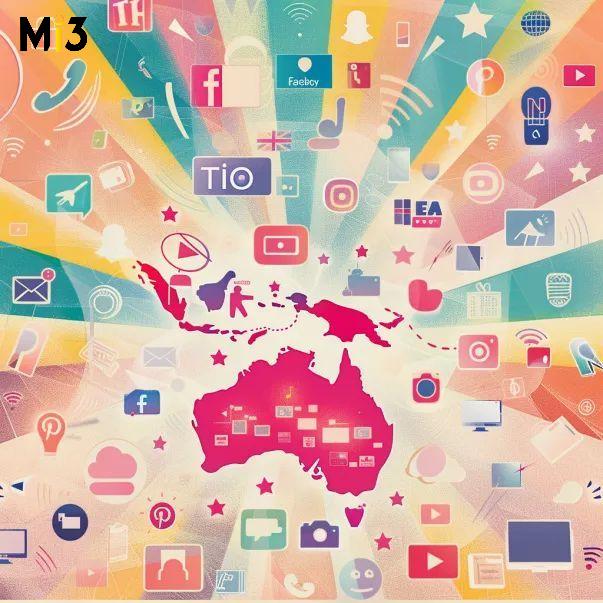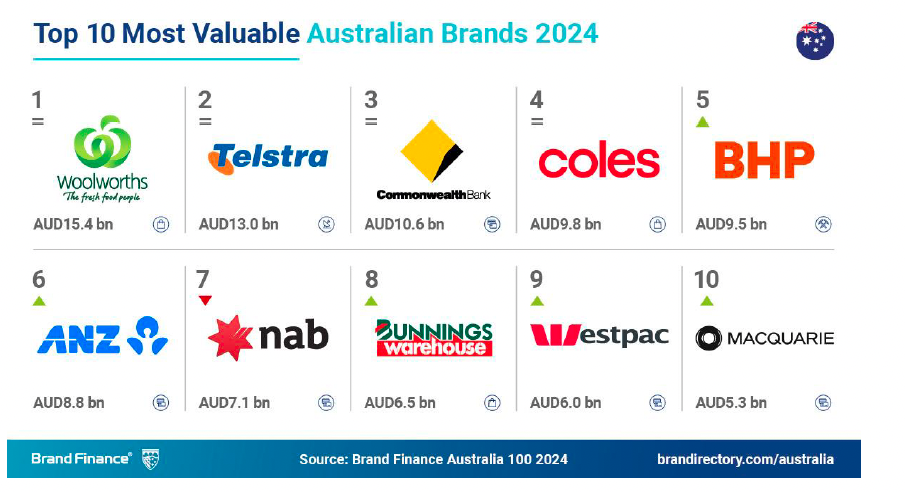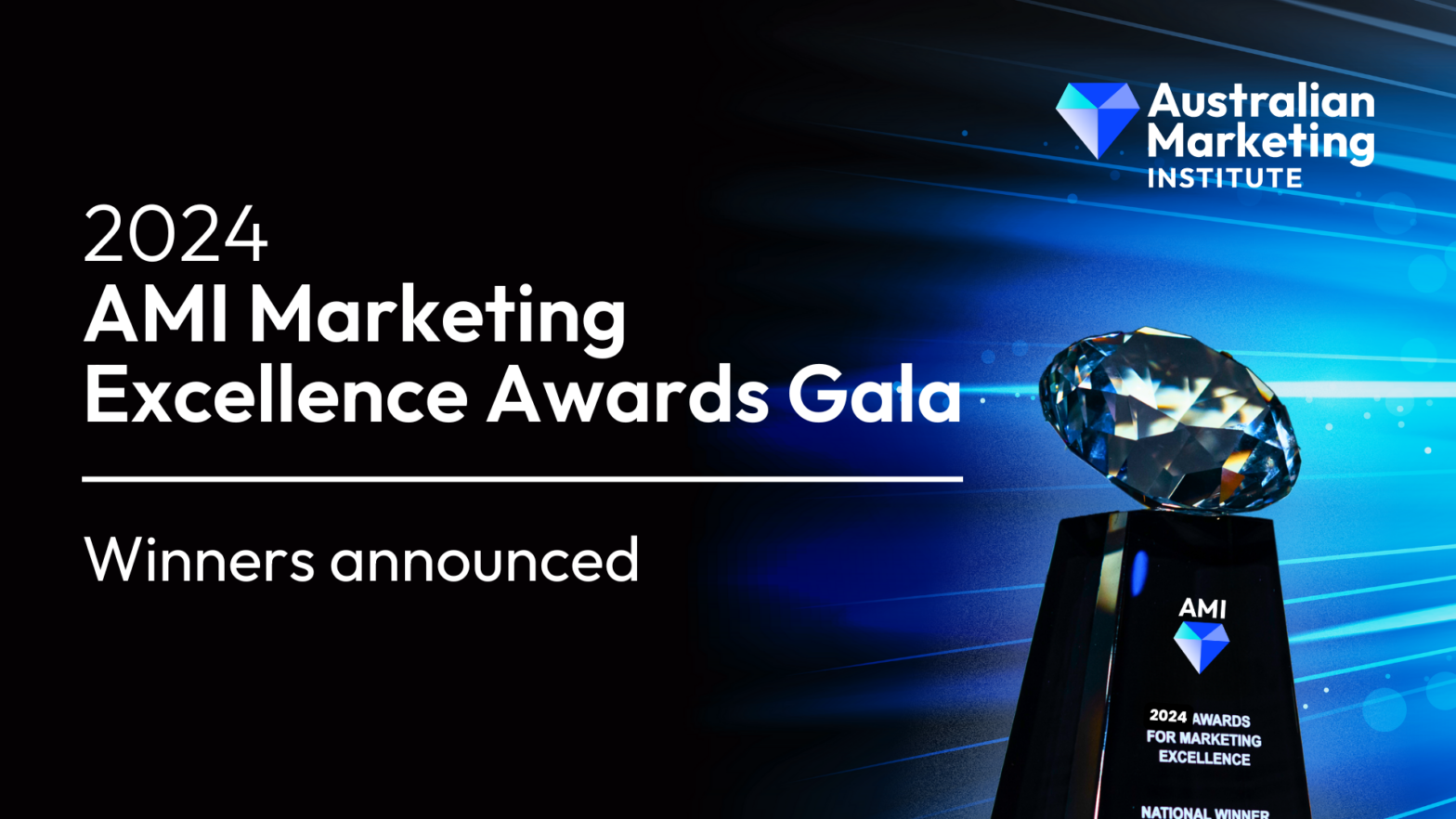Top 7 B2C CMO Challenges in 2025

Article by: James Keeler, November 2025
I’ve spoken to a lot of senior marketing and digital people recently, and I’ve noticed some trends for marketing leaders in the coming year. While this isn’t a formal research study, it seems close to reality for many CMOs.
Continual improvement
Challenge: Understanding marketing effectiveness. What activities can I cut without significantly impacting the bottom line or stakeholder relationships? Which headcount can I replace with automation/AI?
This one has been around for years now, but the challenge is compounding. For 5+ years CMOs have been doing more with no additional budget or headcount, largely fuelled by technology. However now they need to maintain this additional workload while continuing to trial new initiatives, and they need highly-skilled people in all the various technologies used to get the most out of the tools, so the problem is compounding.
In 2025 there will continue to be pressure to do more with less, driving efficiency, automation, and smarter investment in high-ROI activities. This pressure will push some CMOs to focus on short-term gains at the expense of long-term strategic investments and efforts.
Commercially CMOs will look to replace headcount with automation/AI, or use AI to free up headcount to do other things.
Leveraging AI
Challenge: How should I use AI work drive effectiveness and efficiency?
AI is rapidly transforming the marketing landscape, empowering businesses to make data-driven decisions, personalise customer experiences, automate low value interactions and optimise marketing campaigns for greater impact.
But the big question coming from senior levels is how do we do more with AI? For 63%, a lack of AI knowledge is the biggest challenge . So more education is needed, as is more time to explore and play.
That said, 2025 stands to be the year where AI is less sensationalised and more operationalised.
In 2024, CMOs focused on AI as an efficiency play, often trialling the AI tools provided by suppliers, such as those built into Meta, Google, Salesforce to optimise marketing activity.
But in 2025, mature marketing operations functions will formalise their use of AI for efficiency, as well as adding marketing effectiveness to their genAI playbook. AI will start to play a bigger role in creative processes, from content generation to dynamic ad creation, allowing marketers to create more tailored campaigns at scale.
This will result in new skills being required – with one train of thought being the old 4Ps of marketing will be replaced with the new 3Ps of marketing – Priming, Prompting & Producing .
Data unification
Challenge: How can I deliver a holistic customer experience and leverage marketing automation and AI, when I can’t even see my data in one place?
A CMO recently told me that they didn’t have a CDP or data lake, rather they had 59 individual puddles of data.
While not all companies have the same scale of problem, in a majority of cases not all data is integrated, for example loyalty data may sit separate to customer data. This means CMOs aren’t able to deliver holistic experiences throughout the customer journey, and it is likely to hold back their marketing automation and AI activity.
CMOs need to drive the data conversation, based on the data they need access to and cognisant of data privacy legislation. While Google recently dropped its plan to remove cookies from Chrome, first party data will only grow in importance, and privacy laws are constantly evolving. CMOs should improve their data strategies, to understand customers deeper and form the foundation of their AI and personalisation capabilities.
Balancing investment in brand and demand generation
Challenge: How can I justify spending money on brand, when most of my OKRs are short-term sales related?
With tight economic conditions and ongoing budgetary pressures, CMOs will continue to be challenged to prove their worth through showing how they are generating leads and/or sales. That often means spending more at the bottom of the funnel at the expense of brand – yet without brand there is nothing to differentiate their company. It may work in the short term, but for many there is a limited market for their products in a world of declining brand loyalty.
Branding will start to become a bigger priority again. 31% of marketers said they have invested too much in performance and too little in their brand in recent years . Performance marketing is vital, but it becomes less effective without a strong brand. Striking a balance between short-term sales and long-term brand building is the key to sustainable success.
Marketing has always been a combination of art & science, but as it has become more analysis and automation, and less creative and brand, CMOs need to be careful not to lose their edge.
Declining customer loyalty
Challenge: In a world of cost-of-living pressures, and big reward programs that dominate, how can I build a successful loyalty program?
According to Forrester’s 2025 Predictions, rising prices will prompt brand loyalty to decline by 25% in 2025. CMOs are looking to loyalty programs as a way to justify their company’s value and build emotional loyalty that overrides cost-based decision making.
Loyal members of a program have been shown to spend up to 3 times more than non-loyal members over their lifetime , so the prize if significant if you get it right.
However there is a big challenge in building a loyalty program that is true to your brand, adds value to your customers, positively influences customer behaviour, and is commercially viable – particularly when programs like Qantas Frequent Flyer and Woolworths Everyday Rewards are so dominant.
In the last year I’ve spoken to CMOs and CEOs from a major retailer, a luxury automotive manufacturer, and a QSR chain, and none of them feel like they’ve really cracked their loyalty program/activity.
CMOs are grappling with how to design a program that’s relatively low cost, positively influences customer behaviour and lifetime value, without cutting margins significantly. The top 3 loyalty accelerators are participation, education and personalisation , so they need to think outside the box, and many will need to convince their businesses to innovate in this space.
Getting the best out of my agency
Challenge: How can I get the best out of my agency partners, when I have less to spend with them and I’ve in-housed some of their responsibilities?
The role of creative agencies in particular has been evolving. Many brands have been building in-house studios to do a lot of the design and production work that was traditionally done by agencies, saving money and giving them more control.
CMOs still look to their agencies for smart thinking, creativity and innovation, but they have less budget available for these agencies. Therefore they need to reframe their agency relationships to ensure they get the same high calibre people and high quality deliverables, despite there being less money on the table and a narrower relationship.
Injecting brand throughout the customer experience (particularly for service-based businesses)
Challenge: How can I make every interaction with my brand be differentiated and on-brand?
Brand is often measured based on two core metrics – awareness and consideration (i.e. a brand for someone like me; a brand I buy, etc.). However, brand should be a key differentiator, and particularly for services-based businesses, brand should be injected at every touchpoint. Without brand as a differentiator, many products/services become generic.
As the custodians of the brand, CMOs are tasked with brand development and delivery. With changing consumer behaviour, and expanded advertising and service channels, delivering the brand throughout the customer experience has become more complicated.
CMOs need to work with multiple divisions of their business to ensure that the brand is delivered throughout the customer experience, including being injected into service channels. This may also lead to new initiatives which put the brand into action.
Conclusion
CMOs remits are expanding and there are seemingly endless opportunities, yet customer behaviour is constantly evolving, budgets have contracted and we’re in the middle of a technological revolution.
2025 will continue to be a challenging year for CMOs, but it will hopefully be one in which they’re able to return to investing for the long term, through data unification, brand and leveraging AI.
What are you seeing in your organisation?
—
Sources
Forrester Predictions 2025: B2C Marketing
Forbes, The top 5 Challenges for CMOs
Digital Marketing Expo & Conference 2025)
Justin Kabbani, The AI Powered Marketer
WARC – Building emotional loyalty. Why brands need to think beyond points and tiers
Epsilon Loyalty Index





